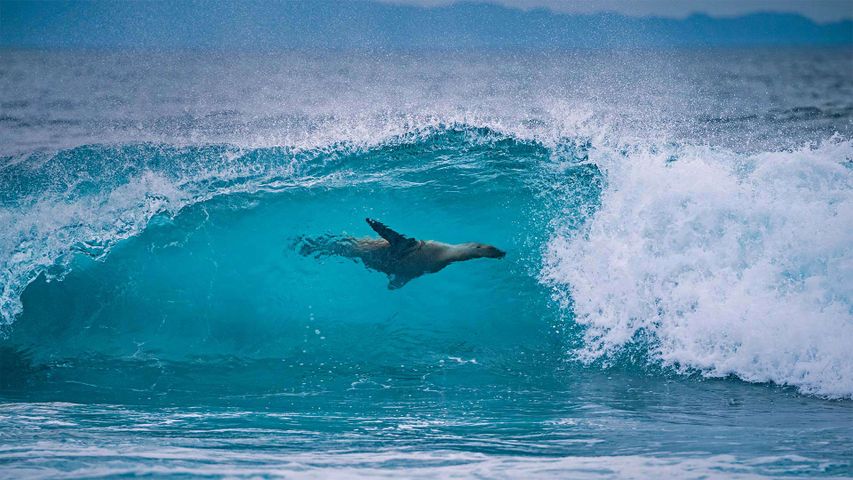Biorock growing coral off the Gili Islands, Indonesia
© fenkieandreas/Getty Images Plu
Rebuilding a reef. Diving into World Oceans Day
Humans have been trying to construct artificial coral reefs since at least the 1950s, with only marginal success. But in 1979, German scientist and inventor Wolf Hilbertz created ‘Biorock’, also known as ‘Seacrete’ or ‘Seament’. Hilbertz found that by directing a low-voltage charge to a metal frame submerged in seawater, calcium and other minerals in the water would build up on the frame in much the same way that a coral reef naturally forms. The electric charge isn’t high enough to harm any marine life, so Biorock reefs are appearing around the globe where natural reefs are dying off.The story of Biorock is a good example of how technology and human innovation are important parts of the conservation movement, especially where Earth’s oceans are concerned. More than 70 per cent of our planet’s surface is covered by oceans, and those oceans contain 97 per cent of Earth’s water. That’s why ocean health is a global concern. It’s also the motivation behind World Oceans Day, celebrated every 8 June. We’re celebrating with this photo of a Biorock reef off the Gili Islands in Indonesia.

 Steller sea lions, Vancouver Island, British Columbia, Canada
Steller sea lions, Vancouver Island, British Columbia, Canada
 Atlantic spotted dolphins near Santa Maria Island, Azores, Portugal
Atlantic spotted dolphins near Santa Maria Island, Azores, Portugal
 Group of giant cuttlefish in Spencer Gulf, off Whyalla, South Australia
Group of giant cuttlefish in Spencer Gulf, off Whyalla, South Australia
 Humpback whale mother and calf, Tonga
Humpback whale mother and calf, Tonga
 Crescent-tail bigeye fish in the Great Barrier Reef, Australia
Crescent-tail bigeye fish in the Great Barrier Reef, Australia
 A green sea turtle swims in the Pacific Ocean near the French overseas territory of New Caledonia
A green sea turtle swims in the Pacific Ocean near the French overseas territory of New Caledonia
 California sea lion in a forest of giant kelp, Baja California, Mexico
California sea lion in a forest of giant kelp, Baja California, Mexico
 Mototi octopus, Lembeh Strait, Indonesia
Mototi octopus, Lembeh Strait, Indonesia




